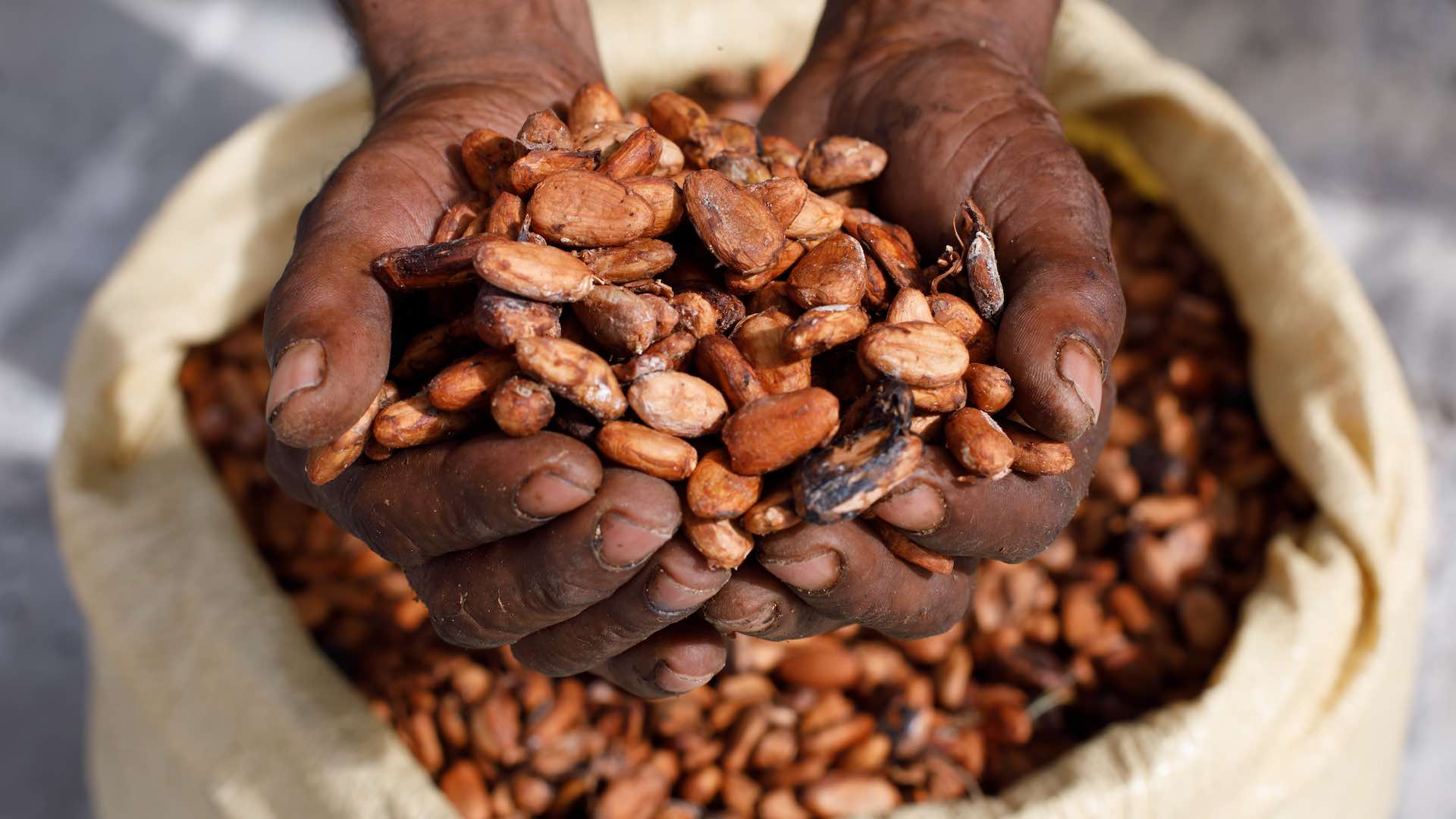Cocoa futures prices have surged more than $1,000 or nearly 40% since the start of the year to hit an all-time high of $5,874 per metric ton. This significant spike is attributed to adverse weather conditions plaguing cocoa-producing regions in West Africa, where three-quarters of the world’s cocoa is sourced. The El Nino weather phenomenon has led to drier temperatures in these areas, particularly impacting Ghana and Ivory Coast, the two largest producers of cocoa beans.

Consequently, crop yields have been severely affected, prompting concerns about the long-term sustainability of cocoa production. The El Nino weather phenomenon is causing drier temperatures in West Africa, where three-quarters of the world’s cocoa is produced. This adverse weather pattern has had a profound impact on cocoa yields, particularly in Ghana and Ivory Coast, the primary cocoa-producing countries. With crop yields dwindling due to unfavorable weather conditions, cocoa futures prices have skyrocketed to an all-time high of $5,874 per metric ton, marking a nearly 40% increase since the beginning of the year.
Experts warn that unless significant measures are taken to mitigate the effects of climate change, cocoa production may face irreversible damage. “The changing weather patterns mean that the potential yields of cocoa are now permanently impaired,” said a commodities analyst at TD Asset Management. His assessment underscores the severity of the situation facing cocoa producers in West Africa, where adverse weather conditions have become increasingly frequent and unpredictable. As climate change continues to exacerbate these challenges, the long-term viability of cocoa production is called into question. Urgent action is needed to address the underlying causes of climate change and safeguard the future of the cocoa industry.
Hershey CEO Michele Buck stated that the chocolate maker’s earnings growth will be flat this year due to historically high cocoa prices. Despite reporting fourth-quarter net income of $349 million, a nearly 12% decrease compared to the year-ago period, Hershey remains optimistic about its ability to navigate the challenging market conditions. Buck highlighted the company’s robust hedging strategy and price visibility on cocoa inputs as key factors in mitigating the impact of soaring cocoa prices. However, she acknowledged the dynamic nature of the market and the need for proactive measures to address ongoing volatility.
Cocoa prices have surged to all-time highs this week as bad weather conditions hammer crop yields in West Africa, home to three quarters of the world’s production. The unprecedented spike in cocoa futures prices, which have risen by over $1,000 or nearly 40% since the beginning of the year, underscores the severity of the situation facing cocoa producers. With adverse weather patterns exacerbating already existing challenges in the region, stakeholders across the cocoa supply chain are bracing for significant disruptions. As the industry grapples with the impacts of climate change, concerted efforts are needed to build resilience and ensure the sustainability of cocoa production for future generations.
